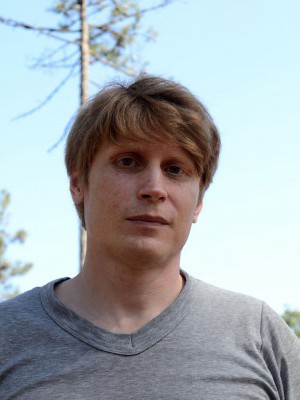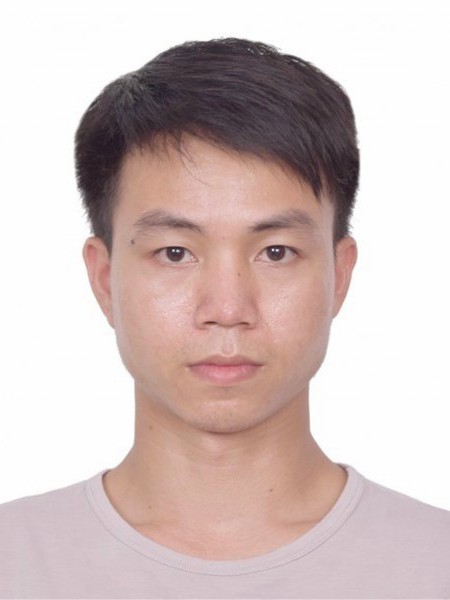abstract
The development ofphoto-responsive ferroelectrics whosepolarizationmay be remotely controlled by optical means is of fundamental importancefor basic research and technological applications. Herein, we reportthe design and synthesis of a new metal-nitrosyl ferroelectric crystal(DMA)(PIP)[Fe(CN)(5)(NO)] (1) (DMA = dimethylammonium,PIP = piperidinium) with potential phototunable polarization via adual-organic-cation molecular design strategy. Compared to the parentnon-ferroelectric (MA)(2)[Fe(CN)(5)(NO)] (MA = methylammonium)material with a phase transition at 207 K, the introduction of largerdual organic cations both lowers the crystal symmetry affording robustferroelectricity and increases the energy barrier of molecular motions,endowing 1 with a large polarization of up to 7.6 & mu;Ccm(-2) and a high Curie temperature (T (c)) of 316 K. Infrared spectroscopy shows that the reversiblephotoisomerization of the nitrosyl ligand is accomplished by lightirradiation. Specifically, the ground state with the N-bound nitrosylligand conformation can be reversibly switched to both the metastablestate I (MSI) with isonitrosyl conformation and the metastable stateII (MSII) with side-on nitrosyl conformation. Quantum chemistry calculationssuggest that the photoisomerization significantly changes the dipolemoment of the [Fe(CN)(5)(NO)](2-) anion,thus leading to three ferroelectric states with different values ofmacroscopic polarization. Such optical accessibility and controllabilityof different ferroelectric states via photoinduced nitrosyl linkageisomerization open up a new and attractive route to optically controllablemacroscopic polarization.
keywords
ORGANIC-INORGANIC HYBRID; LINKAGE ISOMERIZATION; METASTABLE STATES; HIGH-TEMPERATURE; NITROPRUSSIDE; POLARIZATION; CRYSTALS; COORDINATION; COMPLEXES; CHEMISTRY
subject category
Chemistry
authors
Xu, WJ; Li, MF; Garcia, AR; Romanyuk, K; Martinho, JMG; Zelenovskii, P; Tselev, A; Verissimo, L; Zhang, WX; Chen, XM; Kholkin, A; Rocha, J
our authors
Groups
G1 - Porous Materials and Nanosystems
G2 - Photonic, Electronic and Magnetic Materials
G3 - Electrochemical Materials, Interfaces and Coatings
Projects
CICECO - Aveiro Institute of Materials (UIDB/50011/2020)
CICECO - Aveiro Institute of Materials (UIDP/50011/2020)
Associated Laboratory CICECO-Aveiro Institute of Materials (LA/P/0006/2020)
Collaboratory for Emerging Technologies, CoLab (EMERGING TECHNOLOGIES)
acknowledgements
This work was supported by NSFC (22071273 and 21821003) and the Local Innovative and Research Teams Project of Guangdong Pearl River Talents Program (2017BT01C161). This work (including the grant of W.-J.X.) was also developed within the scope of the project CICECO-Aveiro Institute of Materials, UIDB/50011/2020,UIDP/50011/2020 and LA/P/0006/2020, financed by national funds through the FCT/MEC and when appropriate co-financed by FEDER under the PT2020 Partnership Agreement. It is also funded by national funds (OE), through FCT - Fundacao para a Ciencia e a Tecnologia, I.P., in the scope of the framework contract foreseen in the numbers 4, 5, and 6 of the article 23, of the Decree-Law 57/2016, of August 29, changed by Law 57/2017, of July 19. We thank FCT for funding the project PTDC/CTM-CTM/4044/2020. A.T. acknowledges individual support by the 2021.03599.CEECIND through national funds provided by FCT - Fundacao para a Ciencia e a Tecnologia. L.V. would like to thank FCT UI/BD/151050/2021. J.M.G.M. and A.R.G. thank FCT and COMPETE (FEDER) within projects UIDB/00100/2020, UIDP/00100/2020 and LA/ P/0056/2020. We thank Dr. Alexander Tkach and Prof. Paula M. Vilarinho for the P-E loop measurements.








